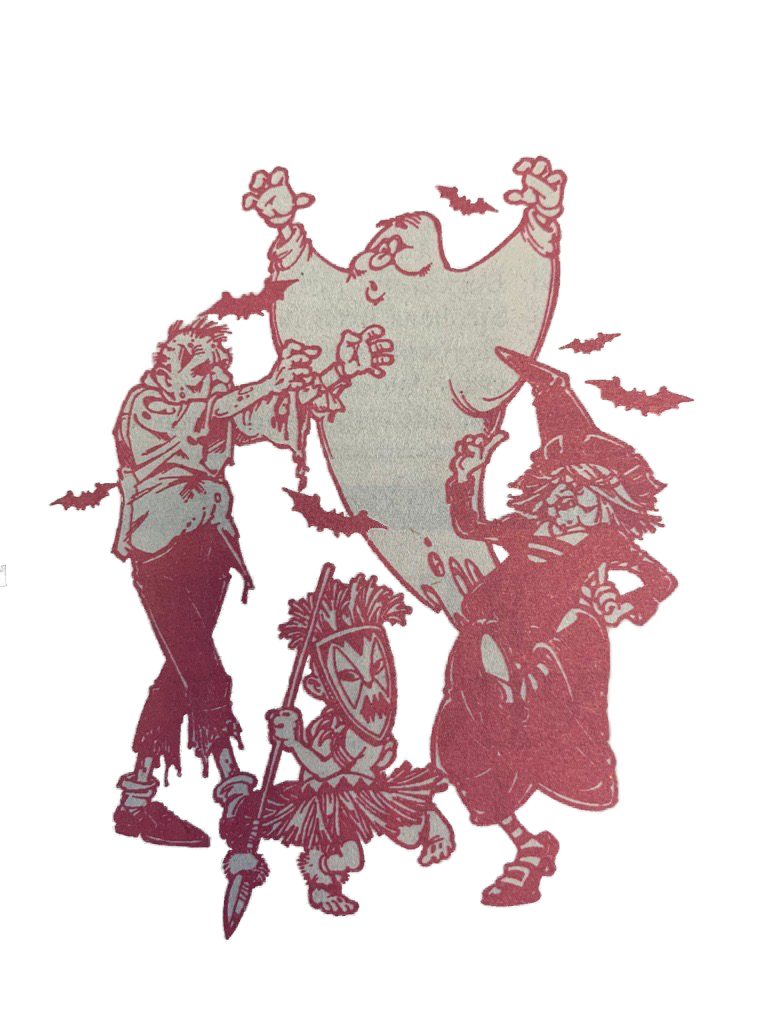Editor’s Note: In conjunction with the Office of International Education, The UTD Mercury is highlighting the adventures of UTD students who study abroad. In this installment, Jennifer Nice, a graduate geosciences student, shares her experiences in Antarctica, where she is spending six weeks aboard a research vessel.
McMURDO STATION, ANTARCTICA – It’s been more than two weeks since I left Texas for the true south.
Upon reaching McMurdo Station in Antarctica, we boarded our new home – a 308-ft.-long, bright orange research vessel with icebreaking capabilities – the RVIB Nathaniel B. Palmer. Our group is doing research funded by the U.S. National Science Foundation and consists of scientists from four different universities (UT Austin, UTD, University of Michigan and Ohio State) doing geophysical research.
We are studying a region in the Western Ross Sea known as the Terror Rift – named for the Scottish explorer James Clark Ross’ ship Terror, not anything scary. The NB Palmer is a seagoing workstation with numerous labs and all the equipment a geoscientist could ask for.
We are mapping the rift and the structures beneath it to understand how continents separate and form new oceans. The sea floor mapping is done by SONARs located on the bottom of the ship that send a sound pulse to the sea floor and measure the time it takes to return to the sensors. The structures below the sea floor are mapped with seismic data that is obtained by towing an array of air guns and a 1,400-meter streamer of hydrophone recorders behind the ship.
We work back and forth along set lines – fondly called mowing the lawn – and are able to survey about 108 nautical miles a day. This is the sort of work that oil companies do to look for oil, but we are using it for science.
We found an underwater volcano in the rift. The Ross Sea is surrounded by volcanic islands, so when we dredged the area, the volcanic rocks we retrieved were no surprise. These samples will be taken back to the States for geochemical analysis. All of this data will better define the Terror Rift and help understand other modern rifts.
The ship works around the clock since th sun never sets during the Antarctic summer. Consequently, we have all altered our sleeping schedules: my shift is from 6 p.m. to 2 a.m. I edit data, take logs as data is collected and spend time on the bridge watching for marine mammals.
The effects of seismic surveys (frequent loud noises) on marine mammals are not clearly understood, so if we spot a mammal within the safety radius of the ship, we have to shut down operations. So far we have been lucky. The only time we have spotted killer whales are when we are not running surveys.
Life on the ship is an adventure in itself and I soon learned that you can’t take things for granted. Forgetting to close your bathroom door before leaving your room may not seem like a big deal at home. One slight rock of the ship though, and you have successfully locked yourself out of your room (I did).
The floor is also not guaranteed to stay flat at any time, so climbing stairs becomes an adventure. Fire drills happen while you sleep, and you might be too tired for the alarm bells to wake you up. (Your roommate will wake you up, thankfully.)
I have learned to hate the phrase “You think this is bad weather? This is nothing, I remember when …” All of this is said, of course, while you are madly searching for your Dramamine that has rolled off somewhere. I’m still not sure how Dramamine actually works, but who am I to question the magic?
The biggest problem is the constant supply of sweets in the galley. I was doing well until they brought out chocolate cake with chocolate icing – a personal favorite. Since exercising is particularly hard when the ship is rocking, you tend to get the feeling the cooks are trying to fatten you up.
But the scientific data is being successfully collected, and this experience is worth every crazy incident.
Jennifer Nice and her colleagues update their website daily at http://tea.rice.edu.



